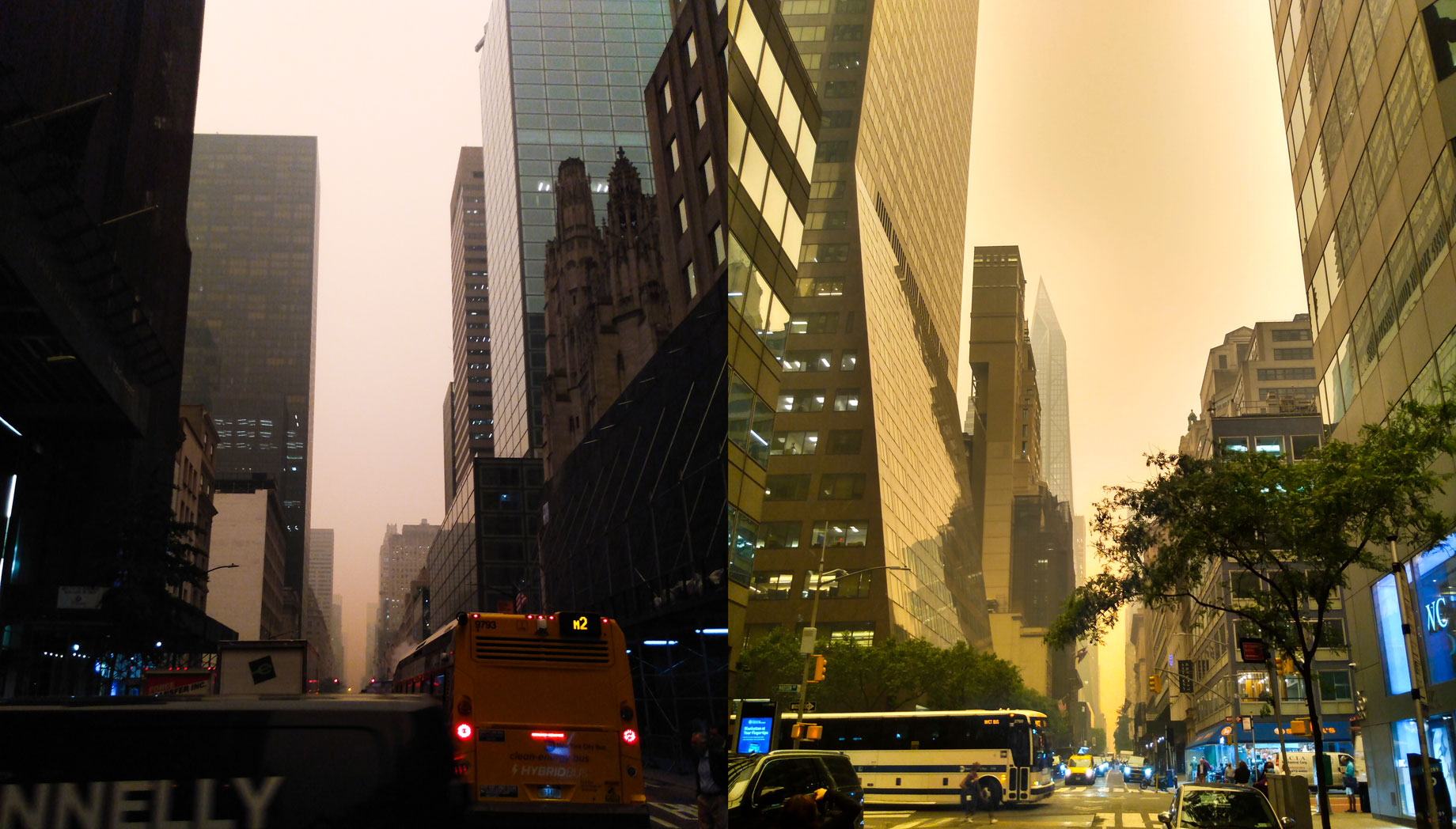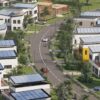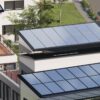Breathing is important, if you want to live
By now we are all aware that the fossil fuel & combustion lifestyle and economy, built over the last 150 years or so, are causing the scary and very real events like the poisonous pall that descended last week on NYC.
But less are aware that, when it comes to buildings, not only is it possible to stop the GHG emissions that can be traced back to buildings (construction, operation, etc), but we can live in health and comfort during the years ahead, where survivors will likely be tasked with cleaning up the remnants of the fossil fuel empires and rebuilding a new dawn for humanity and the world.
When it happened in San Francisco, in 2020, it was considered some kind of echo of California smog and likened to Blade Runner. But seeing NYC enveloped in a plume of orange wildfire smoke was somehow much more unsettling.
But maybe, in the end, all the added attention the Big Apple brings will produce some benefit. While it may be too late to roll back GHG pollution and the radical climate effects it engenders, at least we can look at ways that we can live better, prevent further deterioration of the atmosphere and have a chance to be around to build the future.
Ultra-high performance and passive house designs can not only reduce energy needs by up to 90% ( well beyond net zero with integrated energy production and battery storage) but, since the same techniques, like an air sealed leak-free indoor environment, that enable such precise and passive temperature and indoor climate control, also making balanced fresh air ventilation and air filtration effective, even temporary outdoor health endangering events, like the one in NYC last week, do not have to present a lethal threat.
The current events are a unique opportunity to consider the similarities between an indoor environment where controlled, filtered and clean air is expected (Tesla, Jet, Spaceship) and one where it is an unexpected and little-known feature: a passive house building – and how all buildings will be expected to have controlled environment (comfort, air quality) in the near future (only needing minimal mechanical conditioning).
In addition to the ultra valuable air filtration benefits, optimal controlled indoor temperatures made possible by passive house techniques, do not artificially heat or cool, but maintain a constant temperature, and this reduces not only energy consumption but also avoids the ill-effects of artificially heated or refrigerated air.
Environmental control systems: a new necessity
The separation of the professions and the army of herding consultants have caused a disconnection from the ability to provide decent comfort and well-being through the architecture itself. This disconnect leads to poorly designed and constructed buildings, made habitable only through energy-intensive, inefficient and wasteful mechanical systems. The separation of architecture and mechanical systems design is one of the biggest failures in modern architecture.
“The idea that architecture belongs in one place and technology in another is comparatively new in history, and its effect on architecture, which should be the most complete of the arts of mankind, has been crippling”
Reyner Banham, from The Architecture of the Well-tempered Environment.
Many of the climate crises dangers we now face are directly related to the fact that Architects have abandoned the responsibility of a climate-controlling enclosure. Facade design became a mere aesthetic exercise or the fulfillment of an architect’s individual dream.
Twisting a building into the sky became more important than the all-important relationship to the climatic elements of a site. High-performance Passive House thinking brings back the architect as a generalist with a scientific mind, and allows the integration of technology into architectural expression.
Technological advances such as airflow control are the domain of the architect and an important system element, that of a climate-controlling architectural enclosure, effectively providing comfort, well-being, and state-of-the-art indoor air quality to occupants.
The Passive House airflow control and ventilation system was put to the test in the real-world scenario of this week’s wildfire event:
I drove back from Bethesda on Tuesday, leaving at about 4 pm. At about exit 4 of the NJT, I drove into the smoke plume. It was like driving in a dense fog all the way home. The Tesla’s cabin air filter kept it out of the car. Yesterday, the smoke was worse, but I don’t think as bad as in NYC. Of course, the ERV’s filter kept it out of the house.”
– (Owner of a Passive House)
Survival Defense Mode
According to the EPA, indoor air is often worse than the outside air in conventional buildings. Health and safety are essential and this week’s wildfire event in NYC is an important wake-up call. Fortunately a solution exists: to design a home that protects our families from hazardous pollution.
We spend 90% of our time indoors, so why wouldn’t we design our interior spaces to the highest indoor air quality standards like in hospitals or the space industry? Air pollution is an urgent health crisis and impacts the well-being of all.
For example a balanced ventilation does not cause a pressure difference between the inside and exterior of the home, making uncontrolled air infiltration less likely. We can pressurize our ultra high-performance buildings in a smoke event making the interior safe from exterior pollution. This is similar to the bombastically named “bioweapon defense” strategy that is applied in the interior spaces of a Tesla EV.

A modern engineered airflow control integrated into a home’s enclosure is effective protection from hazardous pollution. With the integration of balanced fresh air ventilation in addition to effective filtration, we can systematically scrub the incoming air of pollen, bacteria, and pollution like PM2.5 before they enter our homes.
The objective is a fresh air filtration system many times more efficient than business-as-usual, engineered to provide the occupant with the most healthy indoor air, no matter the apocalyptic outdoor environment around us.
The design intelligence and integration of technology and architecture make the ultra-high-performance concept so effective to protect our well-being and the well-being of our planet. Isn’t it time to use the design intelligence that is available to build resilient and healthy homes and buildings for the future?







